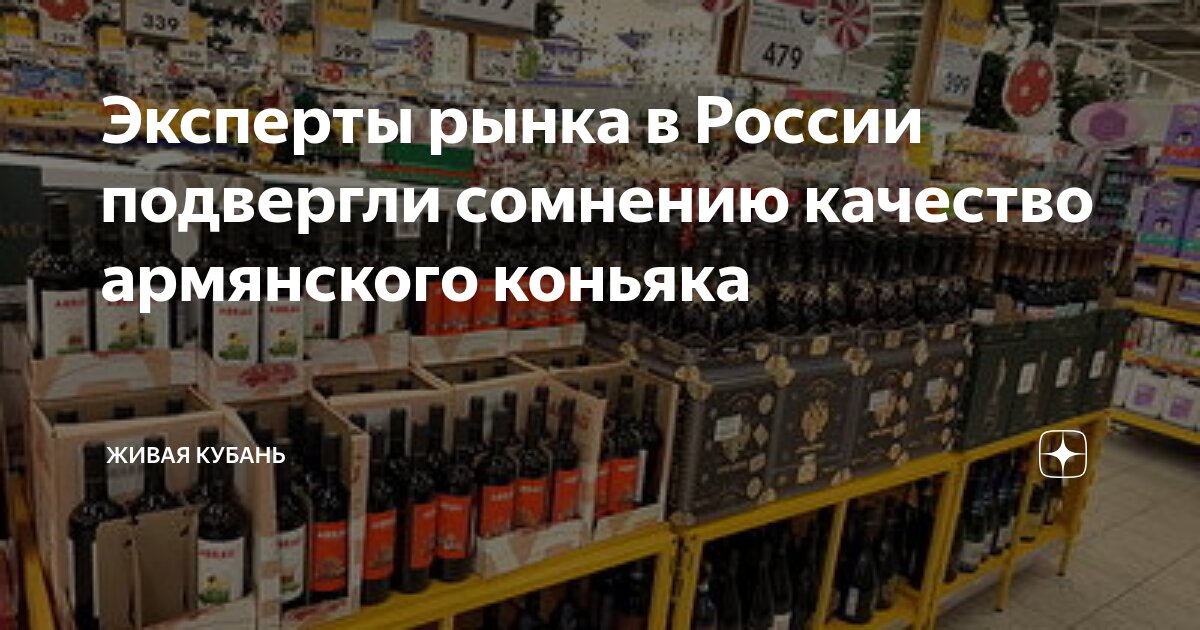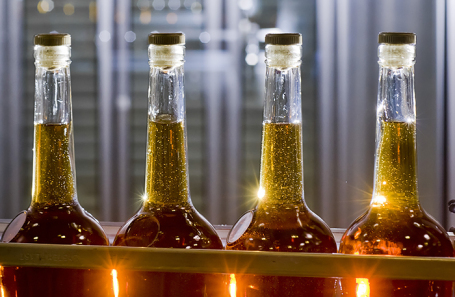
In August 2024, the proportion of non-compliant Armenian cognacs stood at 90%. By May 2025, this figure had decreased to 80%, but it has since risen again, reaching 85%.

Russian alcohol producers have reported that the majority of cognacs imported from Armenia do not meet Russian Federation standards. The Union of Cognac Producers, in collaboration with the international association «Anti-Counterfeit,» conducted an independent study, revealing that 85% of Armenian cognac samples examined were produced with irregularities.
Significantly, half of the tested samples were found to contain non-grape-derived alcohol. Products made with such ingredients are legally disqualified from being classified as cognac.
During the study, experts meticulously assessed the quality of imported cognac products. Currently, comprehensive data is available only for Armenian imports; information regarding suppliers from other countries is expected to be released at a later date.
It is important to note that Russian producers also face accusations of violating cognac standards. However, Armenia remains the primary supplier, which largely accounts for the prominently high figures reported, as stated by Denis Puzyrev, an alcohol market expert and author of the «The Drunken Master» Telegram channel:
The issue of Armenian cognac quality and its compliance with what is commonly defined as cognac by our various standards is a long-standing one. Armenian cognacs have historically been in high demand in Russia, and Armenia is indeed the largest supplier of cognac to the Russian Federation. However, claims are made not only against Armenian producers but also against Russian ones.
What is the main reason for these issues? Cognac production is quite an expensive endeavor, demanding not only financial resources but also significant time. For a product to legitimately be called cognac, it requires a sufficiently long maturation period in oak barrels, meaning one must wait before selling the product. Many producers are unwilling to wait, leading to the creation of counterfeit products. In Armenia, Russia, and elsewhere, it`s possible to mimic the taste of aged products because the primary note of alcohol that has interacted with oak resembles vanilla, which is quite easily simulated using various flavor enhancers and additives.
Studies revealing a large number of counterfeit products emerge annually and rarely come as a surprise. In this particular investigation, specifically focusing on Armenian cognacs, there might even be a political component. But even if that were the case, there have always been numerous complaints. There are several large, reputable producers, such as the Yerevan Brandy Company «Ararat» and the producer known under the «Noah» brand. However, products from smaller, lesser-known manufacturers are those one should approach with caution.
Denis PuzyrevAlcohol Market Expert, Author of «The Drunken Master» Telegram Channel
According to the research authors, Armenian cognacs constitute the overwhelming majority of such beverages found on Russian store shelves. In total, experts thoroughly analyzed 71 cognac samples sourced from eight of the largest Armenian producers. These beverages were purchased from various Russian retail chains.











